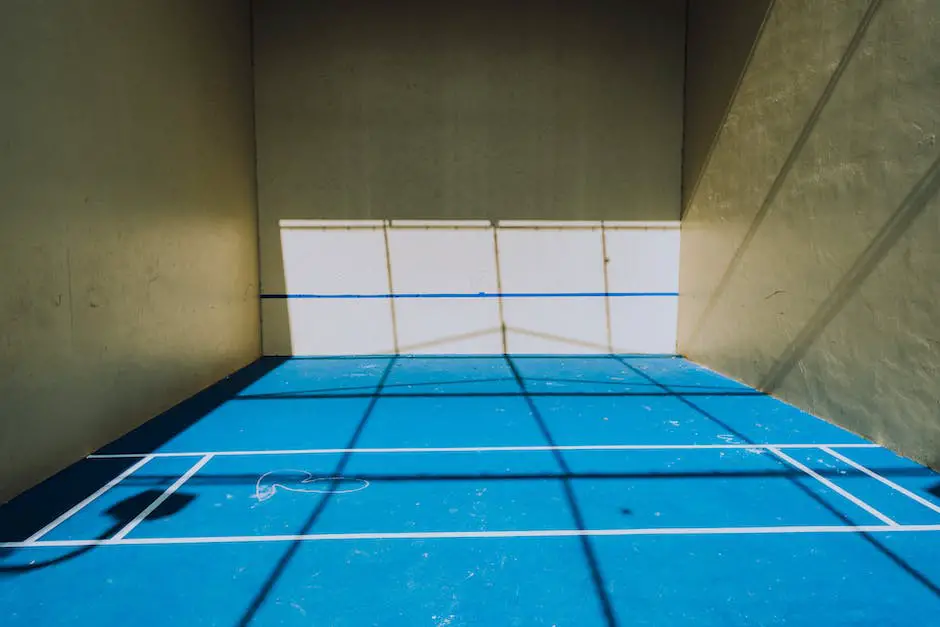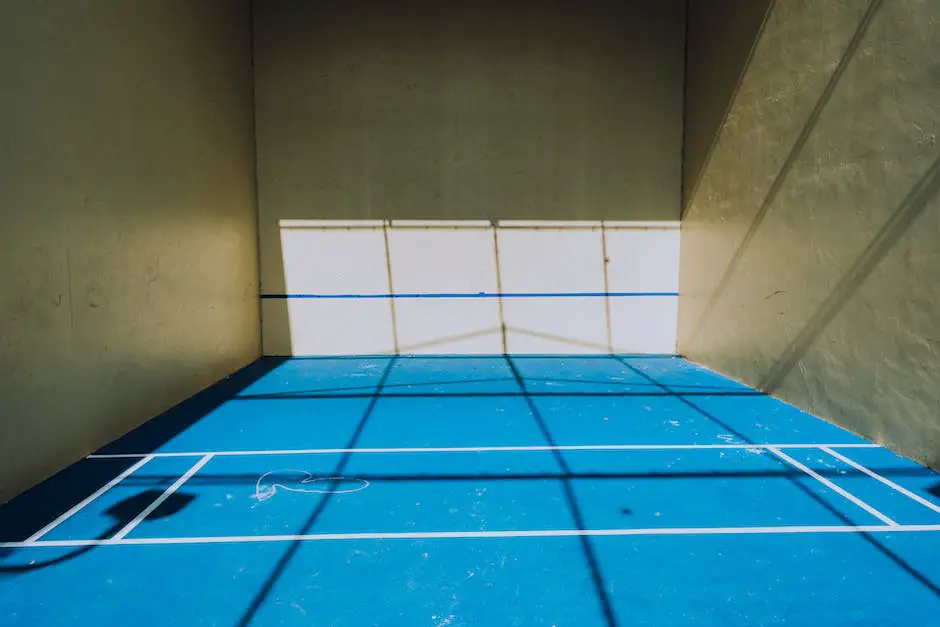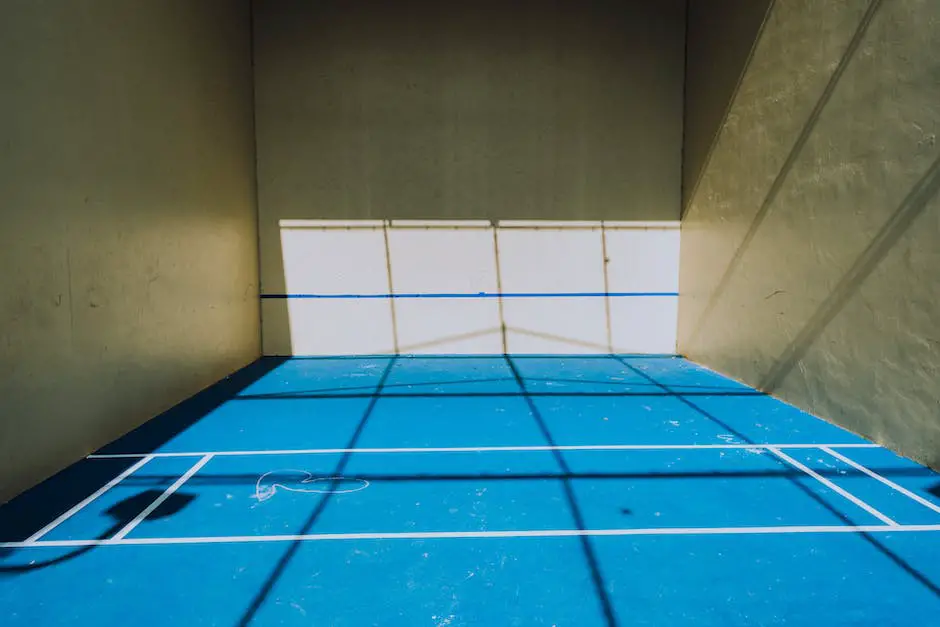Pickleball, a burgeoning sport that fuses the elements of badminton, tennis, and table tennis, is something that anyone can enjoy. With its unique set of rules and techniques, it provides a captivating challenge for beginners and experts alike. This document aims to provide comprehensive guidance, starting with the basic rules and techniques of Pickleball, including essential aspects such as different scoring methods, slamming, and the artful maneuver known as dinking. Furthermore, delving into the intricate details of serving and returning in Pickleball, emphasizing the need for effective positioning and timing. Finally, those desiring to elevate their game can delve into advanced strategies and techniques geared to fortify both defensive and offensive prowess and enhance court positioning and doubles team play. Consistently sharpening your Pickleball skills can not only contribute to your enjoyment of the game, but also your success on the court.
Understanding Basic Rules and Pickleball Techniques
What is Pickleball and Its Basic Rules
Pickleball is a combination of tennis, badminton, and ping-pong and players use solid paddles to hit a perforated ball over a net. The game can be played in doubles or singles.
The playing area is similar to that of a badminton court with a few modifications. The court is a rectangle with dimensions of 20 feet by 44 feet. The net is set at a height of 36 inches at the edges and dips to 34 inches in the middle.
One of the key rules of Pickleball is the non-volley zone, also known as the ‘kitchen’. This is a seven-foot wide area on both sides of the net where volleys (hitting the ball without letting it bounce first) are not allowed. Any ball hit from within this area has to bounce first or else it results in a fault.
Understanding Pickleball Scoring
Scoring in pickleball can be complex for beginners due to its unique method. Only the serving team can score points. The score is often stated with three numbers: the serving team’s score, the receiving team’s score, and finally the server number (1 or 2).
Games are typically played to 11 points but must be won by at least 2 points. In tournament play, games can also be played to 15 or 21 points.
In doubles pickleball, each player on the team serves before the serve moves on to the opposing team. The first serve of each new game in doubles is served by only one team member so that the serve will be lost on the first fault, making the opponents the first team to use both servers.
Basic Pickleball Techniques
Dinking is a fundamental technique where the ball is gently hit and aimed to land within the non-volley zone of the opponent’s court, making it hard for them to return with a slam. The aim of the dink shot is to move opponents around the court or to create an opening for a more offensive shot.
Slamming, the more aggressive technique, requires more skill and timing. It involves forcefully hitting the ball directly at your opponents. The aim of this play is to force the opponents to either miss the ball or return it weakly, setting up an opportunity to win the point.
Practicing these techniques, along with serving and returning, can help improve your game over time. It’s also beneficial to focus on strategic placement and maintaining control of the ball.

Mastering the Serve and Return
Understanding the Serve in Pickleball
In Pickleball, the serve is a critical starting point of each point in the game. Therefore the player should develop consistency and accuracy in their serves. The server must serve underhand with the paddle contacting the ball below the hip, and hit the ball into the service court diagonally opposite. Practice getting your serve deep into the opponent’s court to push them back and limit their shot options.
Mastering the Serve
Pickleball serves don’t need to be flashy or overly aggressive but rather accurate and strategic. Always aim to serve deep into your opponent’s court, towards their backhand if possible. This forces your opponent further away from the net and takes them out of their comfort zone. Practice adjusting your serve depending on your opponent’s position and weakness. Remember that footwork is also vital during the serve; do not violate the rules by stepping on or past the server line before making contact with the ball.
Understanding the Return in Pickleball
The return of serve in Pickleball is just as important as the serve itself. The goal is to effectively handle the opponent’s serve and hit a return shot that puts pressure on them, making it difficult for them to set up an attacking play. The returner must let the ball bounce once before returning the serve, and ideally send the ball deep into the opponent’s court.
Mastering the Return
Avoid returning the serve with a weak or shallow shot as this makes you vulnerable to an attack. Instead, strive for depth and precision, targeting the weakest area of your opponent’s court. Returning the ball deep into the court buys you more time to get to the non-volley zone line after your return, putting you in a better position for the next shot. Timing plays a crucial role in executing a successful return. Swing your paddle when the ball is at the peak of its bounce for maximum control and power. Add spin to your return to disrupt the server’s rhythm and make their third shot more difficult.
Positioning and Timing
Positioning and timing are more important than power in Pickleball. In general, players should avoid staying back at the baseline, as it provides your opponent with more open court space and angles to exploit. Try to always move forward and “close the door” at the non-volley zone line, a position that allows you to control the game. Adjust your position according to your opponent’s shot. Stay on your toes and be ready to move in any direction in a moment’s notice.
Regarding timing, work on the timing of your swings. Hits like the volley require a quick reaction, while the third shot may require a pause to accurately read and respond to your opponent’s return. Effective time management in execution could make a significant difference in the flow and control of the game.

Advanced Strategies and Techniques
Understanding Basic Pickleball Strategy
While playing pickleball, it’s crucial to understand both offensive and defensive strategies. For offense, try to maintain control of the net. This can be accomplished by hitting deep serves and returns, forcing your opponent further back, giving you more opportunities to advance and control the net. Also, aim to hit the ball at your opponent’s feet, making it difficult for them to return the ball effectively.
For defense, try to stay out of the ‘no-volley zone’ (also known as the ‘kitchen’) unless volleying a ball. If a ball bounces in the ‘kitchen,’ let it bounce out before returning it. This keeps you open for volleys yet restrictive to your opponents’ dink shots.
Mastering Court Positioning
Positioning is key in pickleball, especially in doubles play. The ideal court position for doubles is both players up at the net (also known as ‘stacking’), controlling the rally. If you’re on defense, stay back near the baseline until you have a chance to move forward. When returning the serve, move together with your partner to avoid any gaps in coverage.
When you’re serving, consider using a deep serve to push your opponent back and give yourself more time to get to the net. On the other hand, a short, low serve may force your opponent to hit up on the ball, giving you the advantage.
Implementing Team Strategies in Doubles Play
Teamwork is crucial in doubles play. Paddle positioning, player roles, and communication are all important. Agree upon signals before the start of the game to communicate silently during play.
One player can focus more on defensive shots, while the other can focus on setting up offensive shots to finish the point. It’s generally best to have both players at the net, as it gives you the best chance to control the point.
Remember to communicate regularly, call balls ‘in’ or ‘out,’ and decide who takes the middle balls. Create offensive opportunities for each other and work cooperatively to defend your side.
Implementing Spin Shots
Utilizing spins can add an extra level of difficulty to your shots and keep your opponents guessing. Topspin shots will make the ball dip downward faster, making it harder for your opponents to return. Backspin, or slice, can make the ball slow down and bounce lower, possibly causing your opponent to hit into the net. Side-spin can make the ball bounce to the side, disrupting your opponent’s timing or direction.
Refining Shot Placement
Another advanced strategy involves refining shot placement. For instance, instead of always aiming down the middle, consider positioning the ball in more challenging locations, such as at your opponent’s backhand. Remember, the goal is not always to score points but to create difficult situations for your opponent, leading to errors from their end.
These strategies can be mastered with dedicated practice and understanding of pickleball fundamentals. As you spend more hours on the court, these advanced patterns and techniques will become second nature.

Pickleball does not merely consist of hitting a ball back and forth across a net. It is an exciting field of strategy and skill, where each move should be calculated for highest efficiency and effectiveness. Becoming adept at techniques and strategies, refining the vital serve and return skills, not only sets you apart as a player, but also enriches your enjoyment of the game. The more you unravel the depths of Pickleball’s basic and advanced techniques, the more rewarding your experiences on the court will become. It’s all about understanding and mastering the game’s elements, from basic rules to the complex dynamics in doubles play. So, immerse yourself in learning, practicing, and improving – stepping onto the Pickleball court is just the beginning of a fascinating, strategic journey.